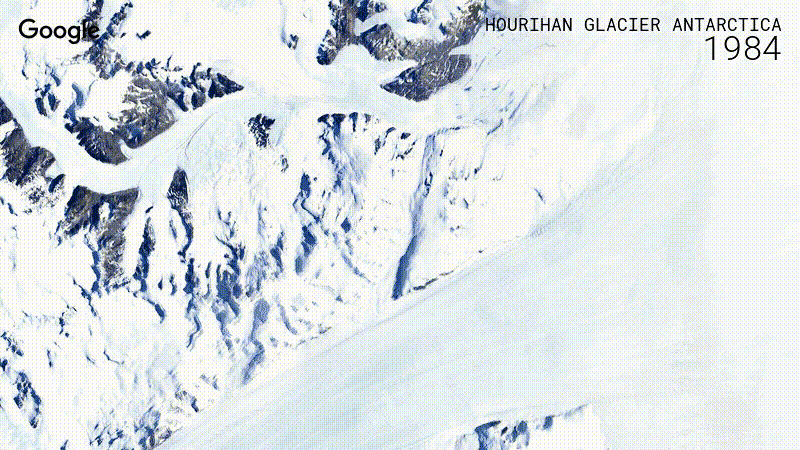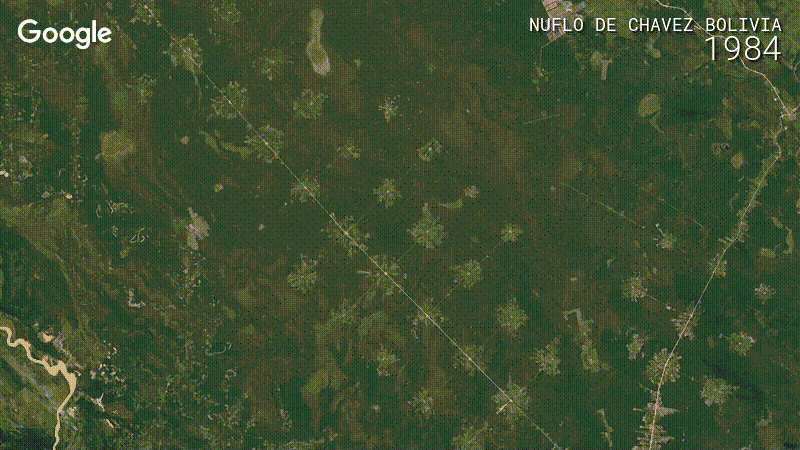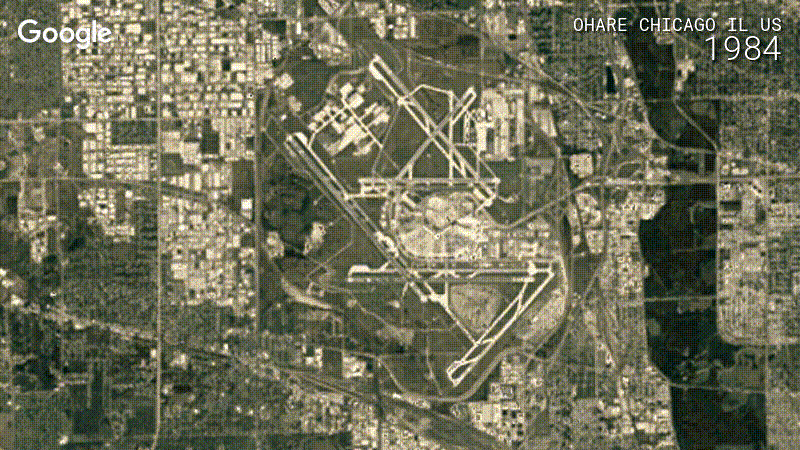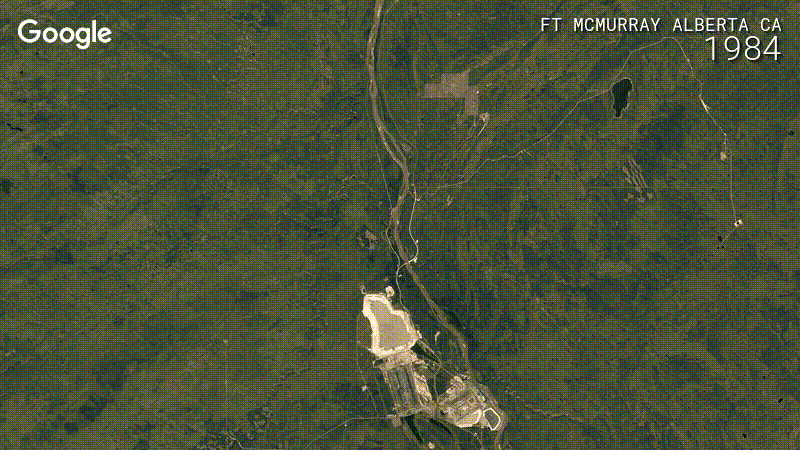For the geographical explorer/enthusiast kind of stuff in you, there’s a huge new update coming to Google Earth Engine’s ‘Timelapse’. The latest update now provides you with four new years of additional data, along with petabytes of additional datasets and a sharper view of the Earth from 1984 to 2016.
To begin with, let me give you a brief on what exactly Timelapse is.
So TimeLapse is a part of the larger Google Earth Engine. Earth Engine, as a lot of you’d know, is a Google platform for petabyte-scale scientific analysis and visualization of geospatial datasets, both for public benefit and for business and government users.
While a layman might compare it with Google Earth or even Maps for some, all of these are starkly different from each other. While Maps of course serves only our navigational needs, Google Earth lets us view satellite/3D/2D imagery of almost any place on earth via a virtual globe, the Earth Engine is a purely scientific tool.
In Google’s own words, Earth Engine is a tool for analyzing geospatial information. Although Earth Engine has a data catalog, not everything available in Google Earth is available for analysis in the Earth Engine catalog. Similarly, much of the data in Earth Engine is not currently available for visualization in Google Earth.
Coming to the latest update to Timelapse, Google has leveraged the same techniques it used to improve Google Maps and Google Earth back in June. As a result, the new Timelapse reveals a sharper view of our planet, with truer colors and fewer distracting artifacts. An example to explain how things have changed, is the below timelapse San Francisco and Oakland in California :
Similarly, you can spot the betterment in the overall platform and colors, via this timelapse of a glacier in Antarctica :
To produce the kind of results you see above, Google apparantly sifted through about three quadrillion pixels—that’s 3 followed by 15 zeroes—from more than 5,000,000 satellite images. Here’s how Chris Herwig, a Program Manager at Google Earth Engine, details the latest update :
For this latest update, we had access to more images from the past, thanks to the Landsat Global Archive Consolidation Program, and fresh images from two new satellites, Landsat 8 and Sentinel-2.
We took the best of all those pixels to create 33 images of the entire planet, one for each year. We then encoded these new 3.95 terapixel global images into just over 25,000,000 overlapping multi-resolution video tiles, made interactively explorable by Carnegie Mellon CREATE Lab’s Time Machine library, a technology for creating and viewing zoomable and pannable timelapses over space and time.
Phew! That’s a hell lot of calculations! And hell ya that has produced some stunning results.
Let me leave with these few more breath-taking timelapse beauties. For more, simply go to timelapse to see a timelapse of your favourite region.
This one’s my favourite :











